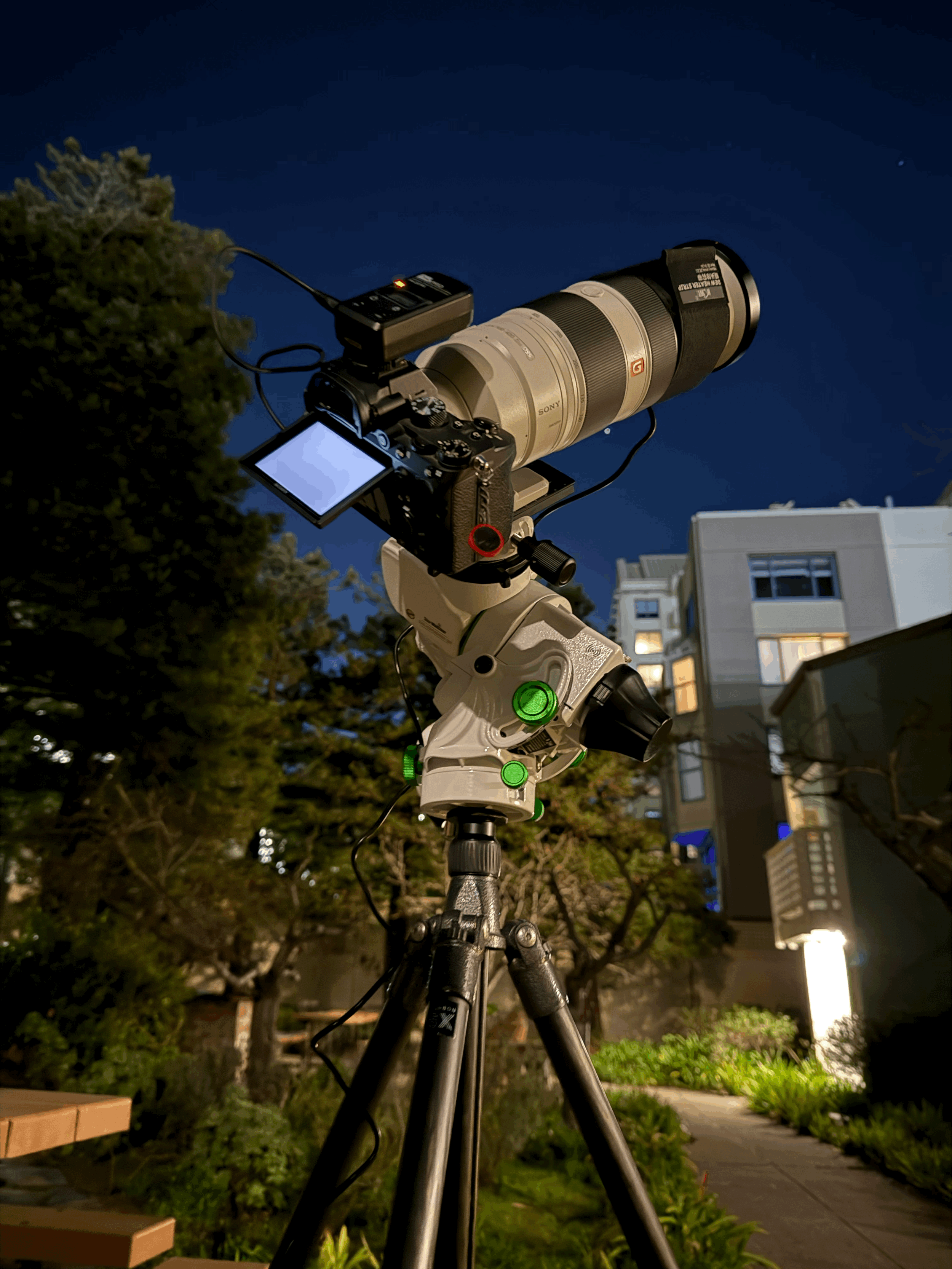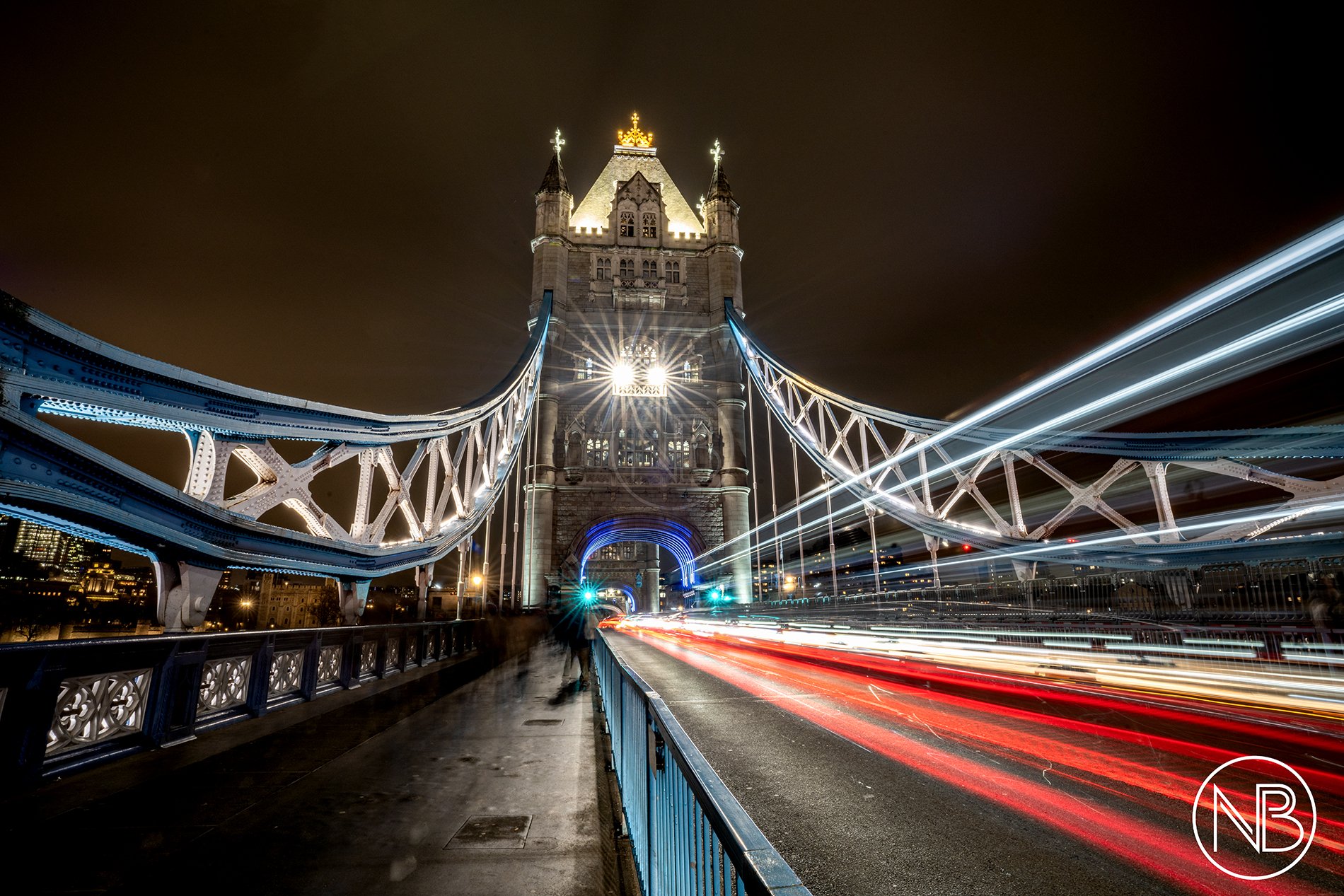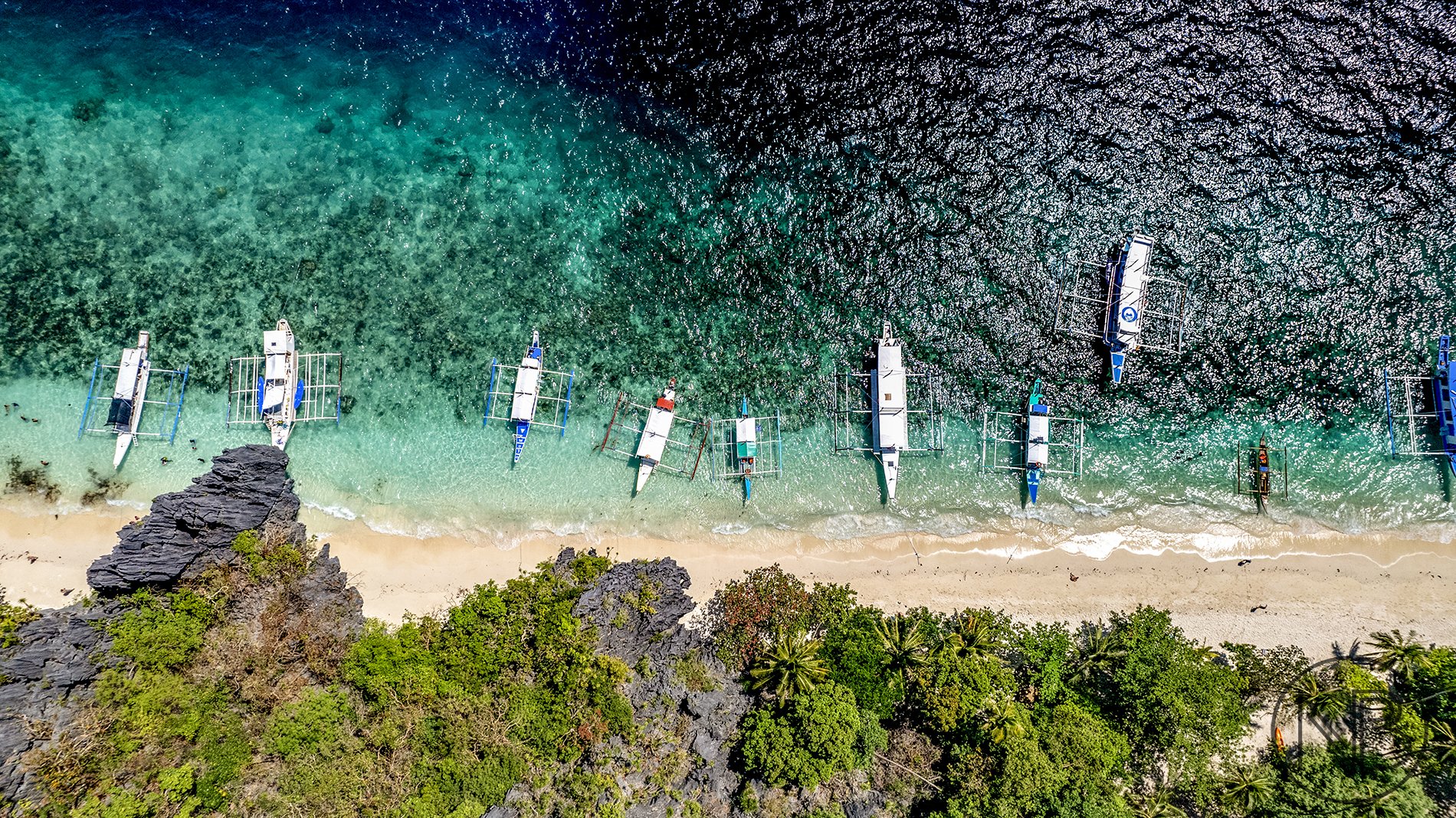
Why You Need a Star Tracker: Guide to the Sky-Watcher Adventurer GTI
Understanding the Need for Star Tracking
When you're first starting in astrophotography, you might wonder why you can't simply point your camera at the sky and take a long exposure. The answer lies in Earth's rotation. As our planet spins, the stars appear to move across the night sky, creating star trails in long exposures. While star trails can be beautiful, they're not what we want when photographing deep-sky objects like galaxies and nebulae….

Getting Started with Astrophotography: A Beginner's Guide
Are you fascinated by the night sky and want to capture its beauty through your camera lens? Welcome to the exciting world of astrophotography! In this guide, I'll walk you through everything you need to know to start your journey, using my personal setup as an example…

Overcoming Creative Stagnation in Photography
Have you ever felt like you've hit a creative wall in your photography journey? That sense of stagnation can be frustrating, especially for landscape and travel photographers who thrive on capturing the beauty and essence of the world around them. But fear not, as this post is here to help you reignite your artistic passion and break through that barrier.
Whether it's discovering inspiration in unexpected corners, experimenting with new techniques and gear, or seeking constructive feedback from peers and mentors, we'll explore various strategies to rejuvenate your creativity. Additionally, we'll delve into the importance of taking creative breaks to recharge your artistic batteries and the benefits of venturing into new genres and subject matter. By the end, you'll be equipped with fresh ideas to produce captivating print art that stands out.

The Power of Creative Photography for Mental Health
Creative photography is often seen as a fun pastime, but it can also be used to help improve your mental well-being. From reducing stress and anxiety to helping build self-confidence, a creative hobby like photography offers numerous mental health benefits. Whether you’re an amateur photographer or a professional, taking on an activity that helps create mindfulness can be extremely helpful in keeping negative feelings at bay. In this blog post courtesy of Nakul B Photography, we'll take a look at a few ways that photography can help improve your mental wellness.
Creativity Reduces Stress and Anxiety
Creative activities such as photography have been found to reduce stress and anxiety in individuals for years. Taking time out of your day to focus on something creative can provide a much-needed break from the stressors of everyday life. Whether you take photos of nature or shoot inanimate objects, creative photography can help relax the mind and body and provide relief from anxious feelings.
The Basics of Photography: Aperture
Aperture is an important aspect of photography that can greatly affect the quality and look of your photos. In simple terms, aperture refers to the size of the opening in the lens of a camera, through which light passes to reach the camera's sensor. This opening can be adjusted to let in more or less light, which in turn affects the exposure of the photo.
Aperture is typically measured in f-stops, with a larger f-stop number indicating a smaller aperture opening and a smaller f-stop number indicating a larger aperture opening. For example, an aperture setting of f/8 would have a smaller opening than an aperture setting of f/2.8.
